
Northern Lights Could Be Seen in Northern U.S. — Sept 30 – Oct 1, 2025
As September turns to October, the night sky may reward lucky stargazers with a rare and dazzling show: the aurora borealis, or northern lights. This year’s equinox period often brings increased geomagnetic activity, pushing the aurora further south than usual — and right now, conditions suggest Sept 30 through Oct 1 could be your best chance in the northern United States.
Why Now?
Around the equinoxes, Earth’s tilt aligns in a way that makes it easier for charged solar particles to interact with our planet’s magnetic field. This seasonal boost—sometimes called the Russell-McPherron effect—often produces more intense auroral displays in late September and early October.
In addition, solar activity has recently been active, with bursts and streams of charged particles arriving from the sun. These can stir Earth’s magnetosphere, raising the so-called “Kp index,” which is a measure of geomagnetic storm intensity. Higher Kp values mean the aurora may be visible farther south than usual. (Forecasters use the NOAA Ovation and Kp index models to predict when and where the lights may appear.)
Where to Watch
To have the best chance of seeing the northern lights in the U.S., look northward from dark, open places away from city lights. Based on past forecasts for similar solar activity, these states have the most favorable odds:
Montana
North Dakota
Minnesota
Washington (northern parts)
Michigan
Wisconsin
New York (northern tier)
Maine
Idaho (northern regions)
These areas sit along or just south of the typical auroral oval when geomagnetic storms intensify.
However if solar activity becomes strong skies farther south might also see faint glows on the northern horizon.
Timing Is Key
Best hours: Generally between 10:00 p.m. and 2:00 a.m. local time when the sky is darkest.
Clear skies matter: Cloud cover can completely block the show, so check local weather forecasts.
Moonlight can interfere: A bright moon (if near full) can wash out dimmer auroras.
Watch geomagnetic forecasts: Real-time Kp and Ovation maps will help you know whether conditions are strong enough to push the aurora into your region.
What You May See
If conditions align, expect bands of green, pink, or even faint red or purple dancing across the sky. The aurora often moves, ripples, and shifts like curtains swaying. On weaker nights, it might appear as a thin green glow on the northern horizon. On strong nights, the sky could be ablaze overhead.
Tips for Best Viewing
1. Get away from city lights. Light pollution drowns out faint auroras.
2. Give your eyes time to adjust. Stay in darkness (no phone screens) for about 20 minutes.
3. Bring a tripod and long exposure camera (if you have one). Cameras can sometimes see more than your eyes.
4. Dress warmly and be patient. Nights will be cold, and auroras can flicker in and out.
5. Check forecast apps. Use NOAA’s Aurora Dashboard, Kp index maps, or citizen-science tools like Aurorasaurus.
While predictions point to Sept 30 and Oct 1 as prime nights for aurora viewing in the northern U.S., nature always has the final say. The phenomena depend on solar wind strength, atmospheric conditions, and clear skies. Still, this window offers a very real possibility for a thrilling light show far from the polar regions.
So whether you’re an amateur stargazer or sharing this article with friends, mark your calendar, keep your eyes north, and hope for clear skies. If that glow appears overhead it’s one of Earth’s most magical spectacles.
News in the same category

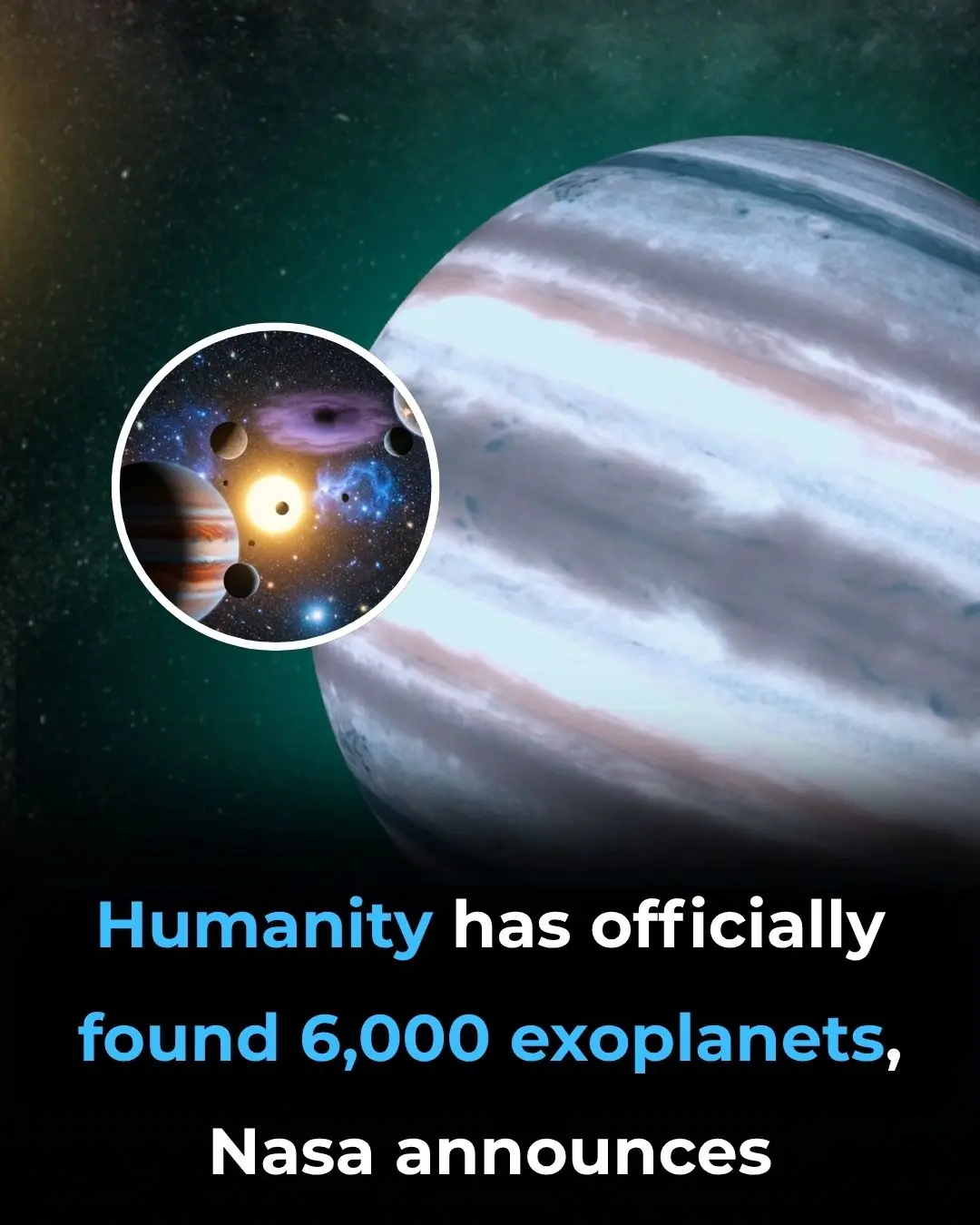
Humanity Has Officially Found 6,000 Exoplanets, NASA Announces
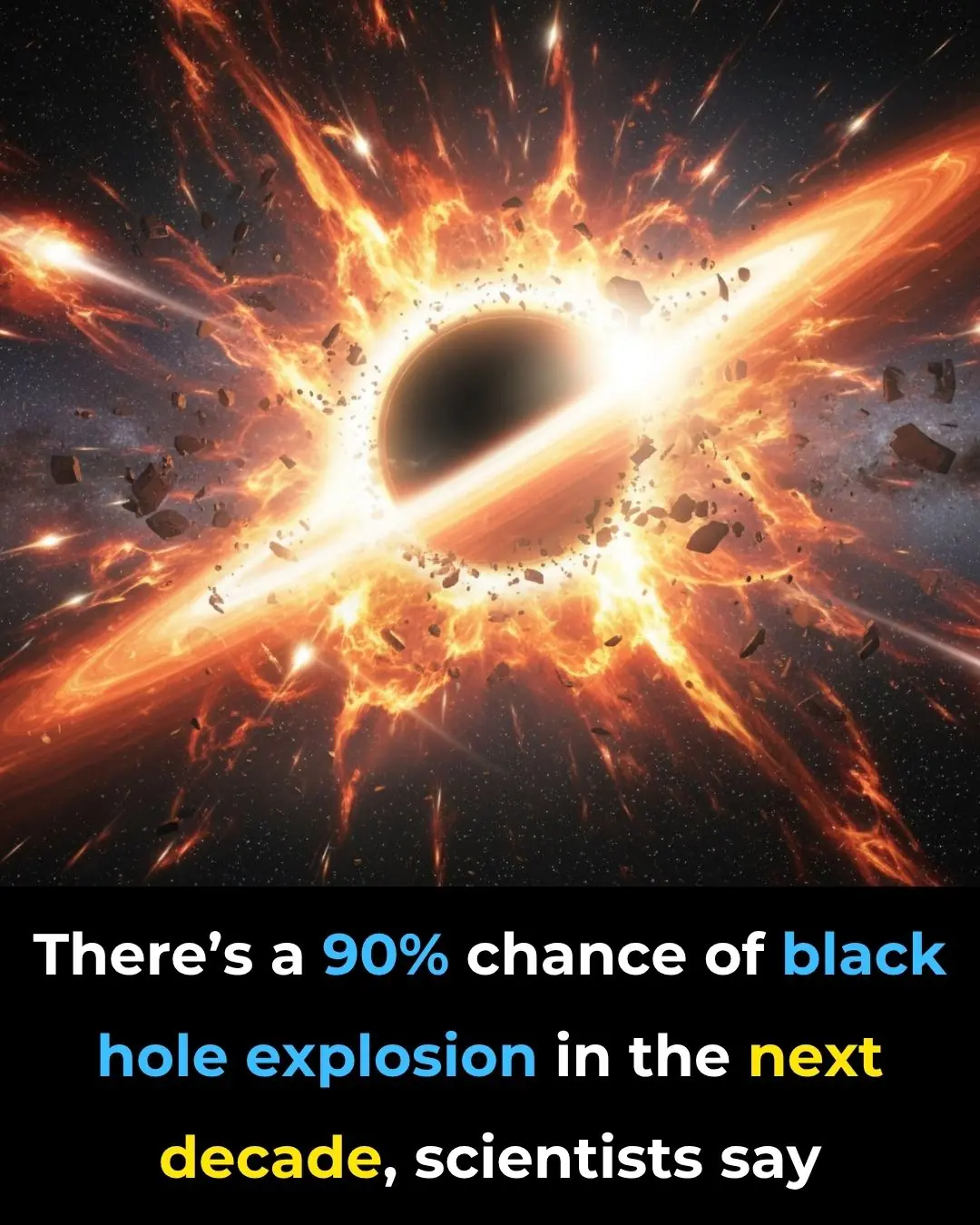
There’s A 90% Chance of Black Hole Explosion in the Next Decade, Scientists Say
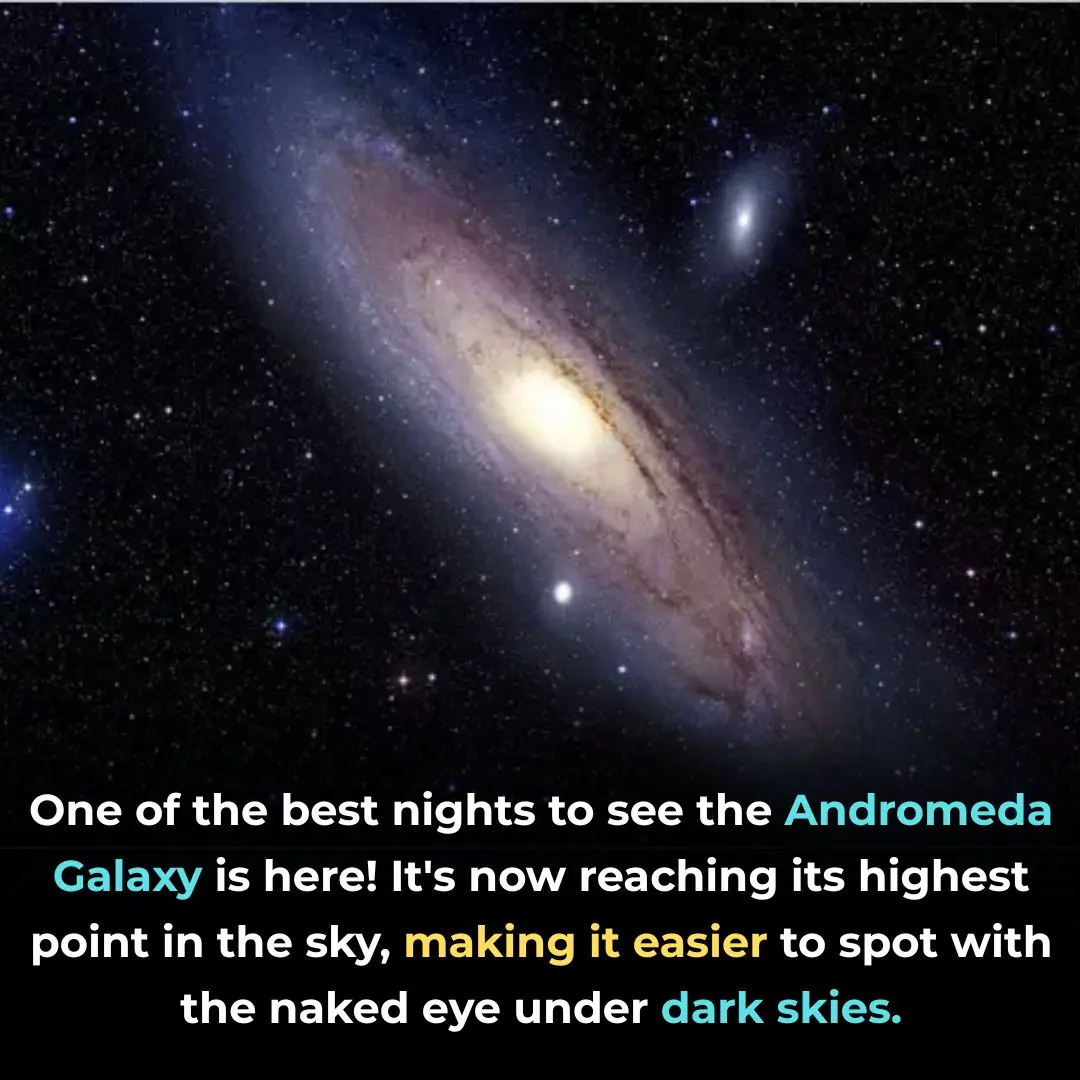
Prime views of the Andromeda Galaxy and Ceres—October 2
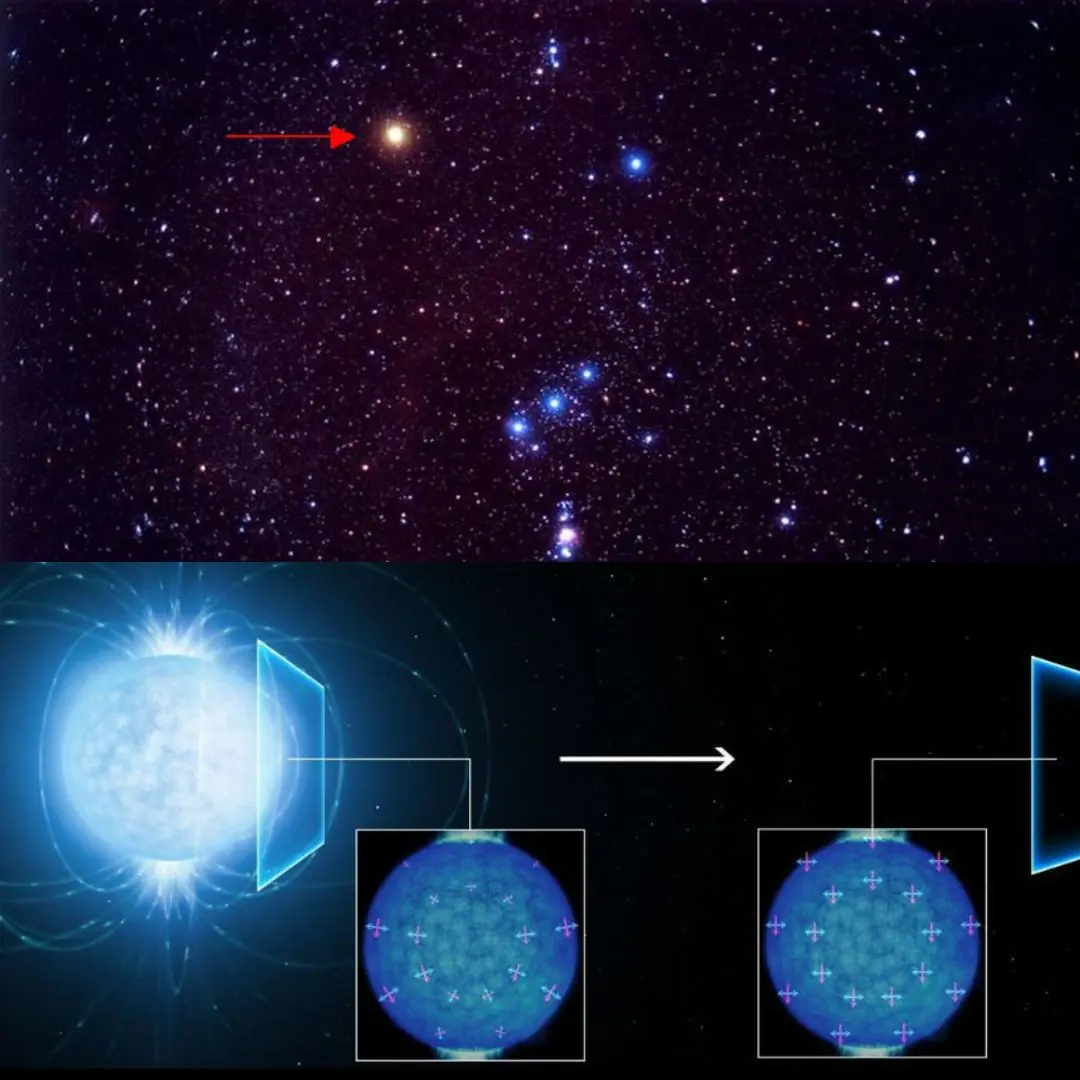
Alnitak, Alnilam, and Mintaka: Orion’s Belt Stars Thousands of Light-Years Away

Humanity Preserved: A 5D Crystal Holds 360 TB of Our Genome to Outlast Civilization

Researchers make groundbreaking discovery about ChatGPT after testing it with 2,400 year-old math problem

Why this city has introduced a screen time limit of 2 hours per day

The Truth Behind the Bermuda Triangle May Be Scarier Than UFOs
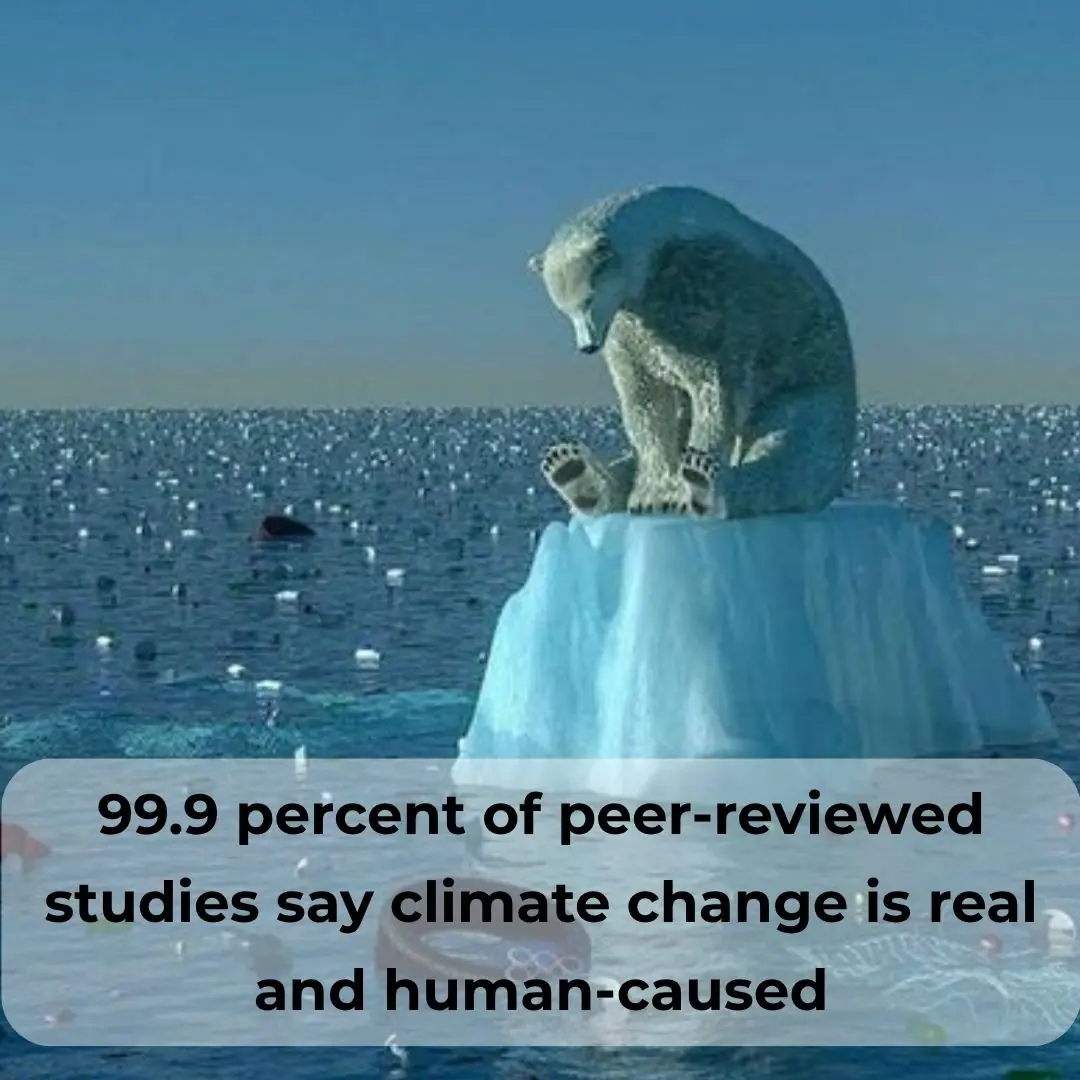
Over 99% of peer-reviewed studies confirm climate change is real and driven by humans

Passenger lands in hospital after humiliating TSA spat over stubborn jewelry

A Man Knocked Down His Basement Wall, Discovering Ancient Underground City That Housed 20,000 People
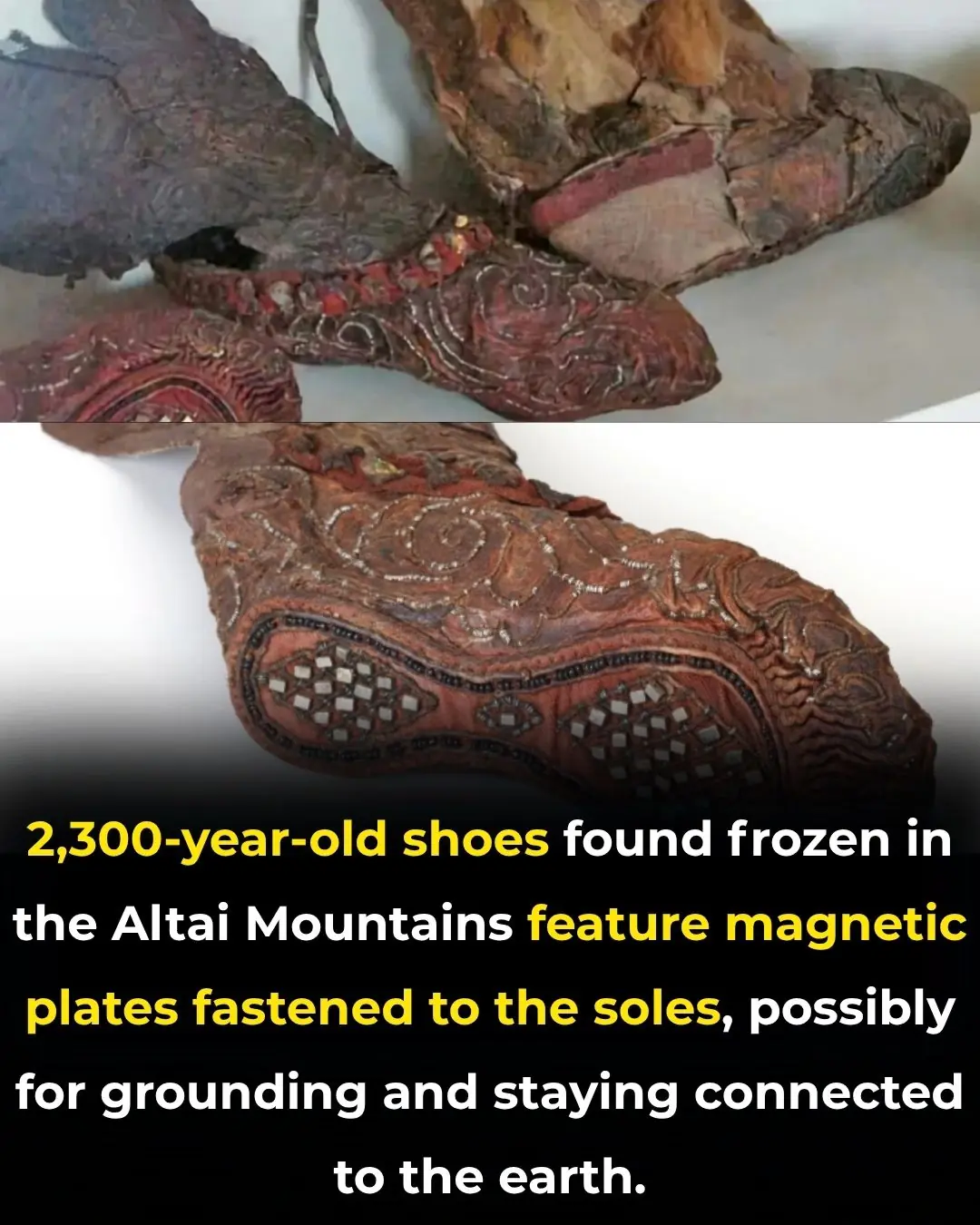
Magnificent 2300-Year-Old Scythian Woman’s Boot: A Timeless Fashion Statement
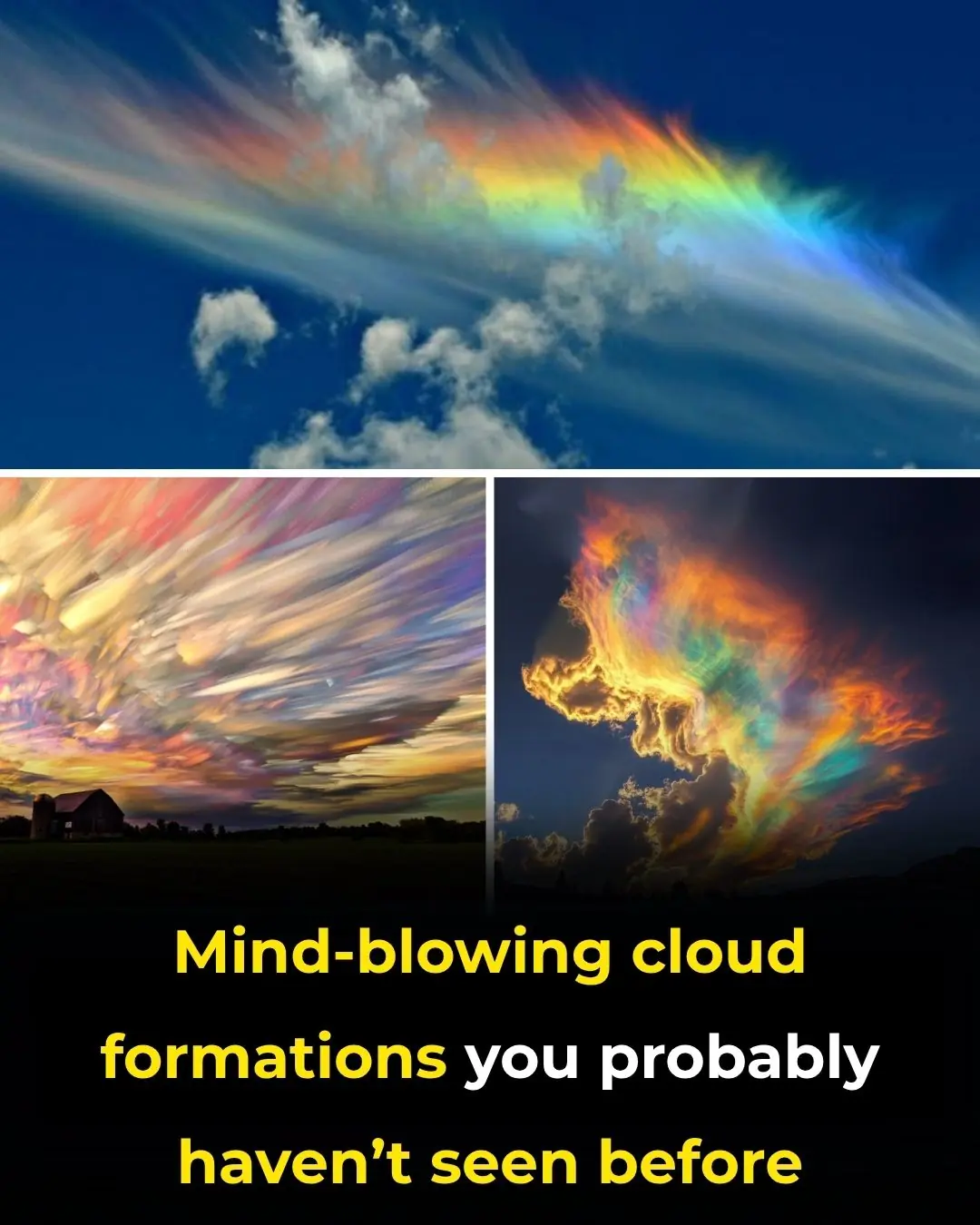
Mind-Blowing Cloud Formations You Probably Haven’t Seen Before

On the southern edge of the world, a waterfall runs red as blood
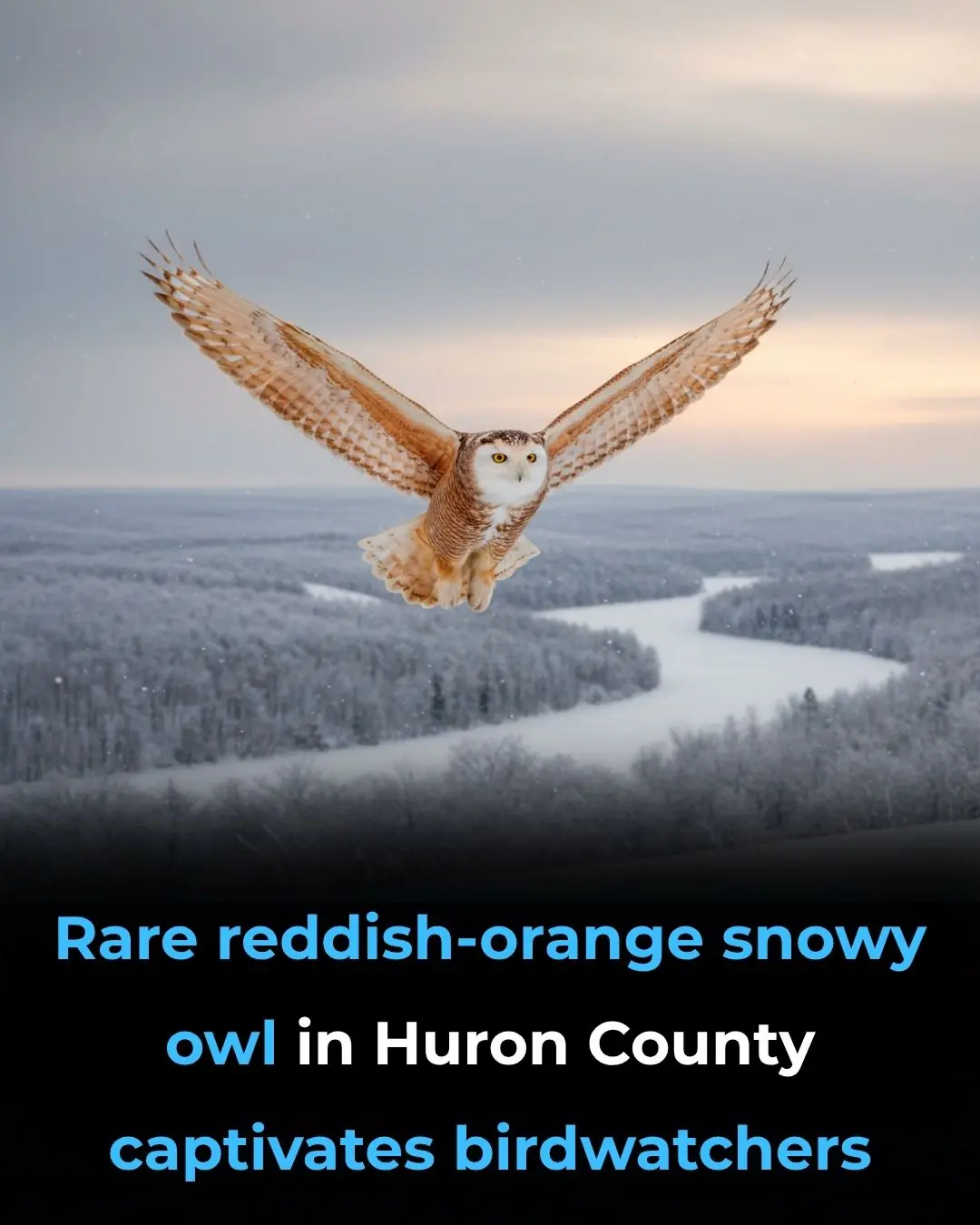
Rare reddish-orange snowy owl in Huron County captivates birdwatchers

Wildlife Crossings: A Vital Solution for Highway Safety and Biodiversity Conservation
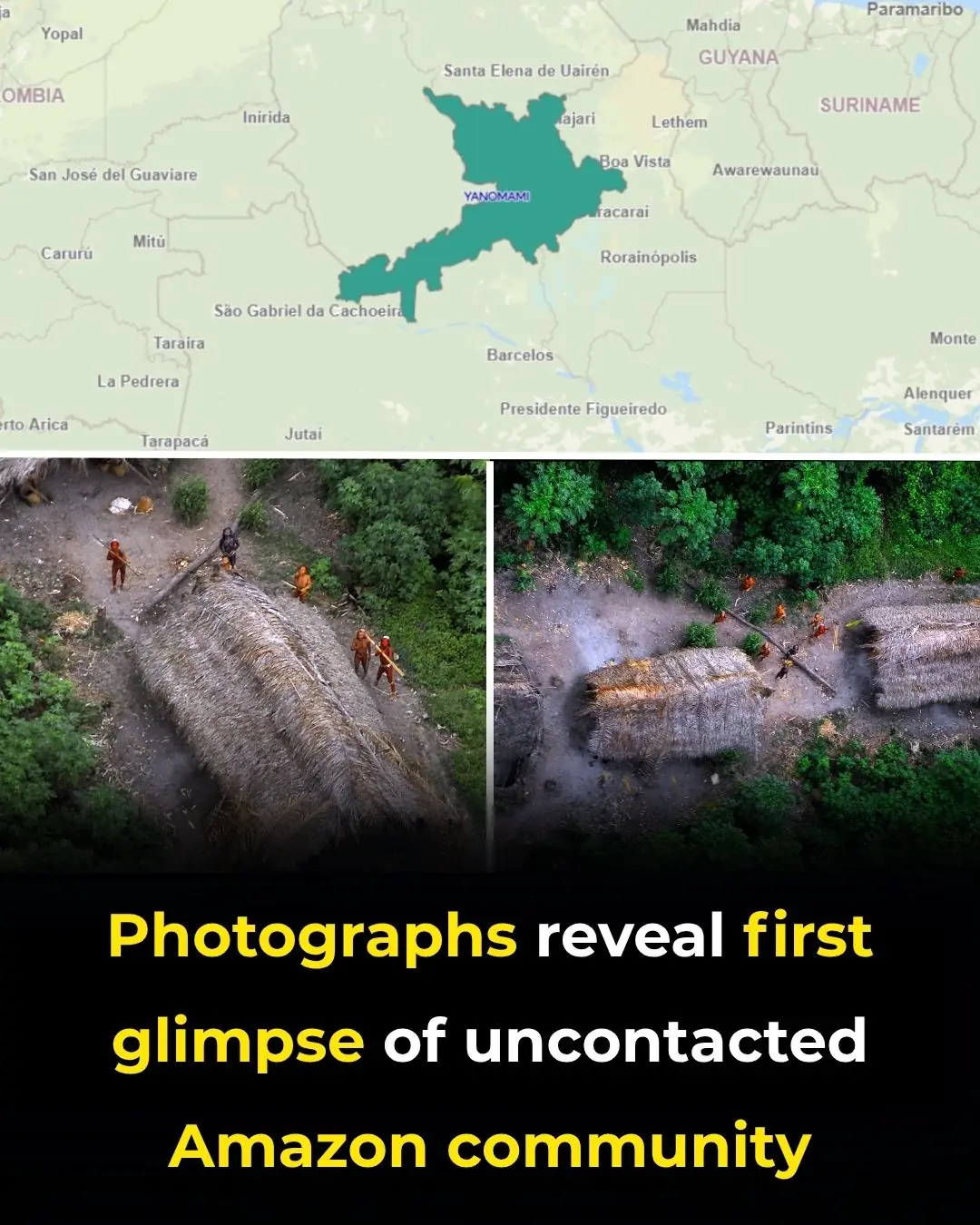
Photographs reveal first glimpse of uncontacted Amazon community

Floating Gardens on Parking Lot Roofs: Japan’s Green Revolution
News Post

Aloe Vera and Cinnamon Remedy: Natural Benefits for Eye Health, Immunity, and Healing

12 Powerful Benefits of Moringa Seeds

Goldenberries (Physalis peruviana): A Nutrient-Packed Powerhouse for Health and Vision

Oregano: The Golden Herb for Eye Health

Some of the Benefits of Castor Leaves and the Seed

10 Benefits and uses of purslane

Chanca Piedra (Stonebreaker): Benefits and Uses

Do you need to unplug the rice cooker after the rice is cooked: The surprising answer November 27, 2024

7 Benefits Of Papaya Seeds & How To Consume Them Correctly

Bougainvillea likes to 'eat' this the most, bury it at the base once and the flowers will bloom all over the branches

The elders say: "If you put these 3 things on top of the refrigerator, no matter how much wealth you have, it will all be gone." What are these 3 things?

Can rice left in a rice cooker overnight be eaten? Many people are surprised to know the answer.

After boiling the chicken, do not take it out immediately onto a plate. Do one more thing to make sure the chicken is crispy, the meat is firm, and the skin does not fall apart when cut.

Cut this fruit into small pieces and put it in the pot to boil the duck: The bad smell is gone, the meat is fragrant, soft and flavorful.

Warts on Hands: Causes and Effective Natural Treatments

Medicinal Health Benefits of Turmeric, Curcumin and Turmeric Tea Based on Science

4 ways to preserve green onions for a whole month without spoiling, fresh as new

The best way to lower blood pressure fast!

9 Habits You Need To Adopt Today To Stop Alzheimer’s or Dementia Before It Starts
